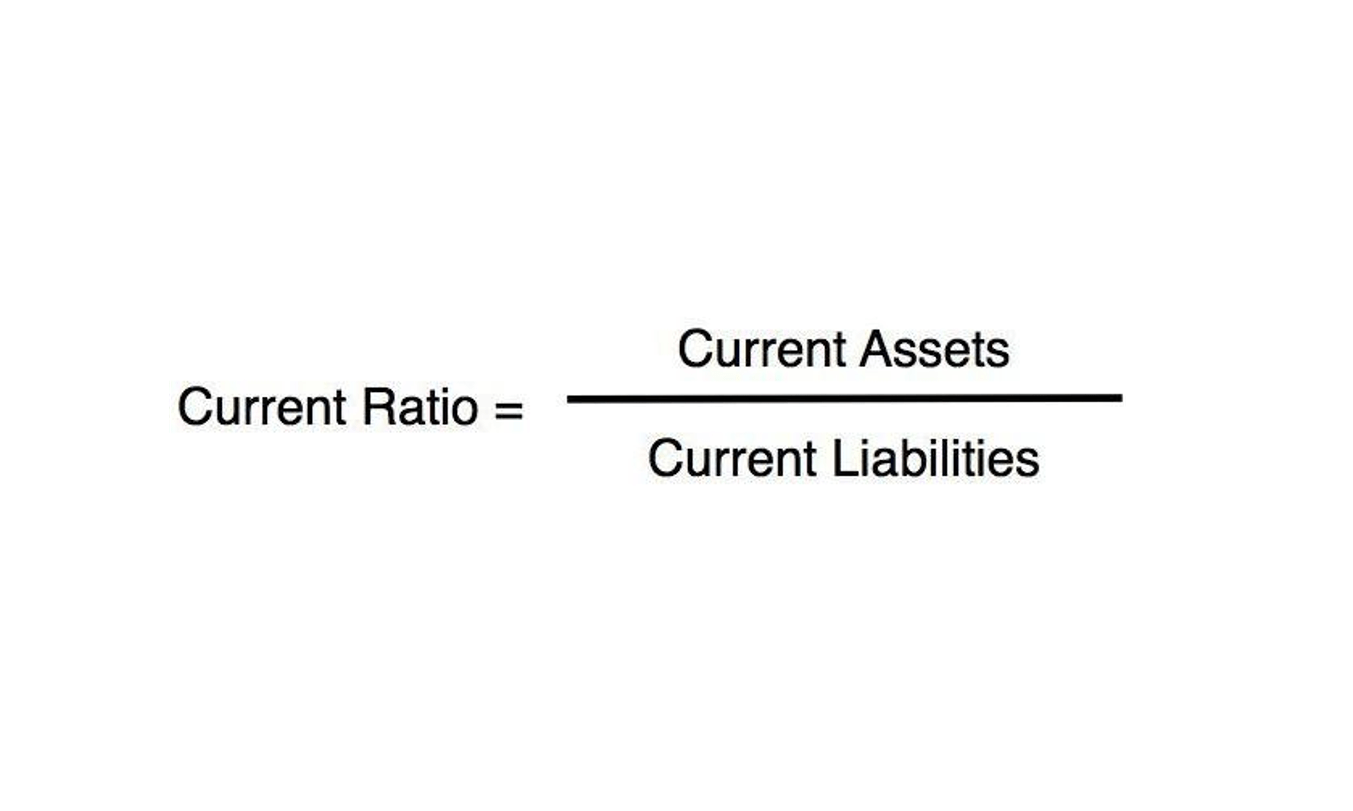
Retained earnings and profits are related concepts, but they’re not exactly the same. These funds can be reinvested in the business or used as a safety net. Over 1.8 million professionals use CFI to learn accounting, financial analysis, modeling and more. Start with a free account to explore 20+ always-free courses and hundreds of finance templates and cheat sheets.
- Dividends paid to shareholders reduce the amount of net income that contributes to retained earnings.
- There are many factors like costs, revenues, retained earnings, net income, and expenses that you need to analyze.
- To get a better understanding of what retained earnings can tell you, the following options broadly cover all possible uses that a company can make of its surplus money.
- When a company experiences higher net income, more money is allocated to retained earnings after accounting for debt reduction, business investments, and dividend payments.
- This change is due to the impairment of the Gillette intangible asset value discussed above and the two-year restructuring program announced by the Company last month.
On the other hand, retained earnings are what you have left from net income after paying out dividends. Dividends are a company’s distribution of revenue back to the shareholders. Companies may offer a dividend reinvestment program (DRIP) for shareholders to reinvest the dividends back into company stock, usually at a discount. One way to assess how successful https://www.bookstime.com/ a company is in using retained money is to look at a key factor called retained earnings to market value. It is calculated over a period of time (usually a couple of years) and assesses the change in stock price against the net earnings retained by the company. At each reporting date, companies add net income to the retained earnings, net of any deductions.
Retained Earnings Formula
When a company generates net income, it is typically recorded as a credit to the retained earnings account, increasing the balance. In contrast, when a company suffers a net loss or pays dividends, the retained earnings account is debited, reducing the balance. Net profit refers to the total revenue generated by a company minus all expenses, taxes, and other statement of retained earnings example costs incurred during a given accounting period. Net income and retained earnings are two ways to get there and the two measurements go hand in hand. Consider retained earnings as the long-term savings account for your business with net income acting as an incremental deposit. For a company, net income is the bottom-line profit earned in a given period.
Many corporations keep their dividend policy public so that interested investors can understand how the shareholders get paid. MYOB lets you automate tedious daily tasks, provides insight into your business’s financial health, keeps you compliant with Australian tax regulations, and ultimately helps you ditch the spreadsheets. You can even add your logo and branding to customisable invoice templates.
What are retained earnings and how to calculate them
In some industries, revenue is called gross sales because the gross figure is calculated before any deductions. Retained earnings are the cumulative net earnings or profits of a company after accounting for dividend payments. As an important concept in accounting, the word “retained” captures the fact that because those earnings were not paid out to shareholders as dividends, they were instead retained by the company. Retained earnings isn’t as straightforward as it may not be advantageous to maximize retained earnings. A company may decide it is more beneficial to return capital to shareholders in the form of dividends. A company may also decide it is more beneficial to reinvest funds into the company by acquiring capital assets or expanding operations.
- It’s important to always check these figures with a professional financial advisor or skilled accountant.
- Ending retained earnings is at the bottom of the statement of changes to retained earnings which is only assembled after net income (the „true“ bottom line) has been determined.
- Earnings are the profit a company has earned for a period of time, usually a quarter or fiscal year.
- Malia owns a small bookstore and wants to bring on an investor to help expand the shop to multiple locations.
- You must click the activation link in order to complete your subscription.
Overall, earnings are the net value a company has achieved from operating activities for a specific reporting period. Companies also portray their net earnings by dividing it over shares outstanding when identifying the earnings per share (EPS) value. “Identifying and resolving problem credits and maintaining an adequate reserve balance remains a top priority,” said Reed. All nonperforming assets were individually assessed, many of which are sufficiently collateralized, resulting in a corresponding reserve of $1,613,000. There were $35,267,000 in nonperforming assets at September 30, 2023, and $3,756,000 in nonperforming assets at December 31, 2022.
Funding for startups: A guide to getting capital for your business
Observing it over a period of time (for example, over five years) only indicates the trend of how much money a company is adding to retained earnings. It involves paying out a nominal amount of dividends and retaining a good portion of the earnings, which offers a win-win. On the other hand, when a company generates surplus income, a portion of the long-term shareholders may expect some regular income in the form of dividends as a reward for putting their money in the company. Traders who look for short-term gains may also prefer dividend payments that offer instant gains. In the long run, such initiatives may lead to better returns for the company shareholders instead of those gained from dividend payouts. Paying off high-interest debt also may be preferred by both management and shareholders, instead of dividend payments.






